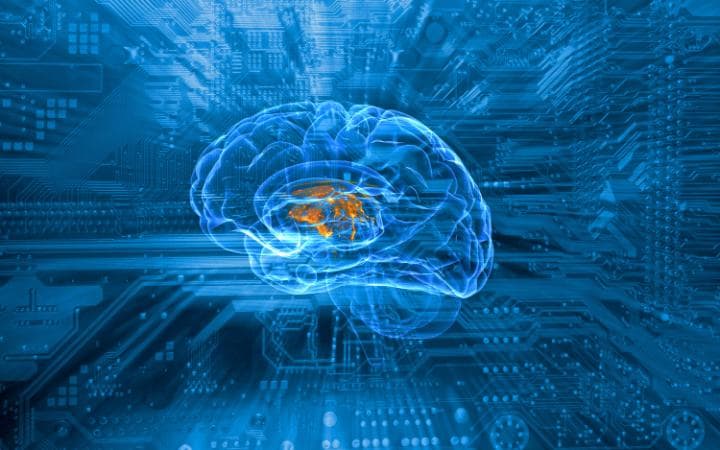From Airplanes to Chat Bots
copyright by www.telegraph.co.uk
Strategy matters in war. But behind every good strategy is good data. Take Korean War veteran and US Air Force officer John Boyd as an example. He was tasked with analysing the outcome of dogfights – aerial battles between fighter planes conducted at close range – and come up with a way to save the lives of more American pilots. He did. What Boyd created was a framework for decision-making that is known as the OODA loop. OODA refers to the recurring cycle of four actions: observe, orient, decide and act. He discovered that the pilots who came out of dogfights most successfully were those who had processed the loop as quickly and as often as possible.
 Process a lot and quickly
Process a lot and quickly
Their experience of reacting to lots of different situations meant they could best adapt their battle strategies to unfolding events. “What Boyd was telling us was that surviving, learning and adapting were key to winning,” says Antoine Blondeau, the co-founder and co-chairman of Sentient Technologies. “Since then, that framework has been pervasive within the US armed forces. If you train, train and train, you go through that loop as often as possible.” The theory of the OODA loop is central to the activities of Sentient, which is the world’s most funded artificial intelligence (AI) company and the inventor of the technology behind Siri, Apple’s intelligent personal assistant.
The intelligent OODA loop
When it builds a decision-making system, it aims to embed AI at every stage of the OODA loop. It does this by using deep-learning neural networks that have algorithms inspired by the function and structure of the human brain. And as far as decision-making mechanisms go, there is no better example than the human brain. “We humans are a winning design,” Mr Blondeau points out. “We are a species that has adapted very, very well to our environment to the point of domination.” In the space of a few milliseconds, artificial intelligence is in effect emulating an evolutionary process that took place over millions of years. But applying that approach at scale requires going through the OODA loop as often as possible, which in turn requires a huge amount of computing power. This explains why Sentient’s neural networks rely on the rapid mathematical calculations of 5,000 graphics processing units (GPUs). Most personal computers do not need more than one GPU […]
read more – copyright by www.telegraph.co.uk


From Airplanes to Chat Bots
copyright by www.telegraph.co.uk
Strategy matters in war. But behind every good strategy is good data. Take Korean War veteran and US Air Force officer John Boyd as an example. He was tasked with analysing the outcome of dogfights – aerial battles between fighter planes conducted at close range – and come up with a way to save the lives of more American pilots. He did. What Boyd created was a framework for decision-making that is known as the OODA loop. OODA refers to the recurring cycle of four actions: observe, orient, decide and act. He discovered that the pilots who came out of dogfights most successfully were those who had processed the loop as quickly and as often as possible.
Their experience of reacting to lots of different situations meant they could best adapt their battle strategies to unfolding events. “What Boyd was telling us was that surviving, learning and adapting were key to winning,” says Antoine Blondeau, the co-founder and co-chairman of Sentient Technologies. “Since then, that framework has been pervasive within the US armed forces. If you train, train and train, you go through that loop as often as possible.” The theory of the OODA loop is central to the activities of Sentient, which is the world’s most funded artificial intelligence (AI) company and the inventor of the technology behind Siri, Apple’s intelligent personal assistant.
The intelligent OODA loop
When it builds a decision-making system, it aims to embed AI at every stage of the OODA loop. It does this by using deep-learning neural networks that have algorithms inspired by the function and structure of the human brain. And as far as decision-making mechanisms go, there is no better example than the human brain. “We humans are a winning design,” Mr Blondeau points out. “We are a species that has adapted very, very well to our environment to the point of domination.” In the space of a few milliseconds, artificial intelligence is in effect emulating an evolutionary process that took place over millions of years. But applying that approach at scale requires going through the OODA loop as often as possible, which in turn requires a huge amount of computing power. This explains why Sentient’s neural networks rely on the rapid mathematical calculations of 5,000 graphics processing units (GPUs). Most personal computers do not need more than one GPU […]
read more – copyright by www.telegraph.co.uk
Share this: